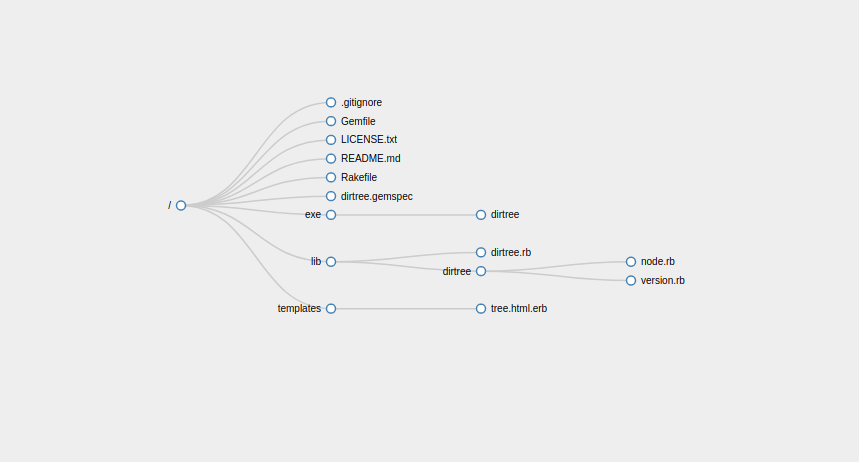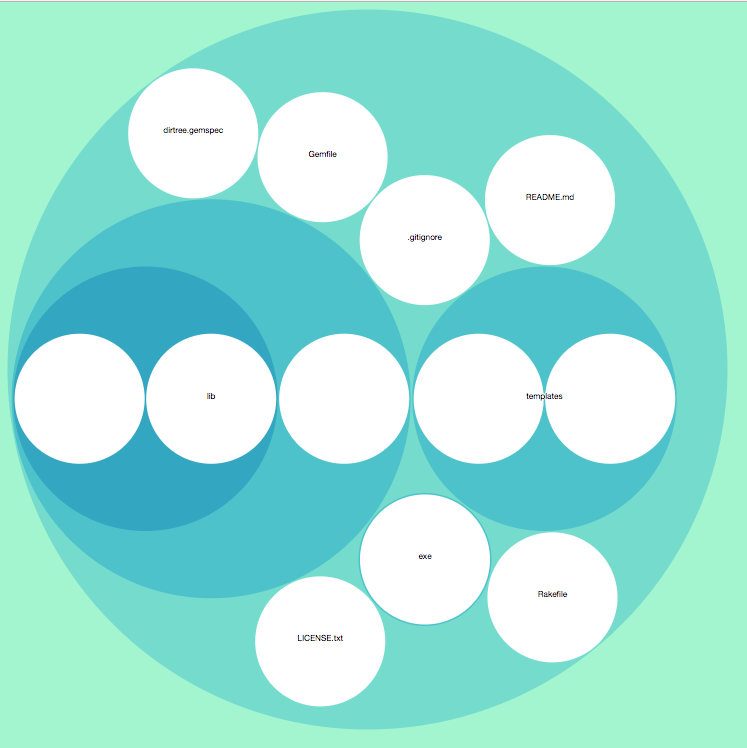| modified | Friday 6 January 2023 |
|---|
Flame graphs are graphs of stack of steps over each other they define a call stack for an application over time, so an application probes your running process periodically and stores the call stack, then draw a graph out of it similar to the following:
I have a project called Dirtree it takes a set of lines in this/unix/style/path/format/to/file.ext and output interactive graph of these file paths, using this tool with git ls-files you can see the whole project structure in one HTML page as a tree, similar to that


It’s interactive graph that lets you dive into the whole project structure, it helped me find unused files and clean my projects.
Last week I was looking into some other d3js graphs and found that the flame graph is actually interesting, and it also display the same relation a tree does, so I wonder if it could be helpful for dirtree to have a flame graph as one of its outputs.
so I implemented the template for dirtree and it gave me output similar to this

It’s a flame graph showing you all files in you project, first time I used this graph on one of the projects I discovered a 5 years dead feature laying there unnoticed.
My workflow is simple I generate a graph of my files with
1git ls-files | dirtree -t flame -o /tmp/flame.html
2open /tmp/flame.html
I look at the generated graph, navigate through it, then I spot some anomaly, a directory that contains one file, or a directory that is too deep, or some files that are named in a weird way, then I got to my editor and inspect these files, most of the time I discover that these files shouldn’t be there or could be restructured in a better way, so I do it, then I repeat the process again.
dirtree is a ruby gem that could be installed with
1gem install dirtree
it doesn’t depend on any other gem and it outputs HTML file, so you can generate that as part of your project documentation with some push hook to GitHub, it’s definitely useful tool that helped me a lot through the last couple months.